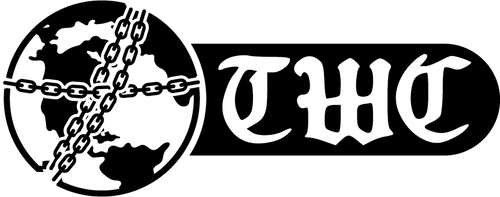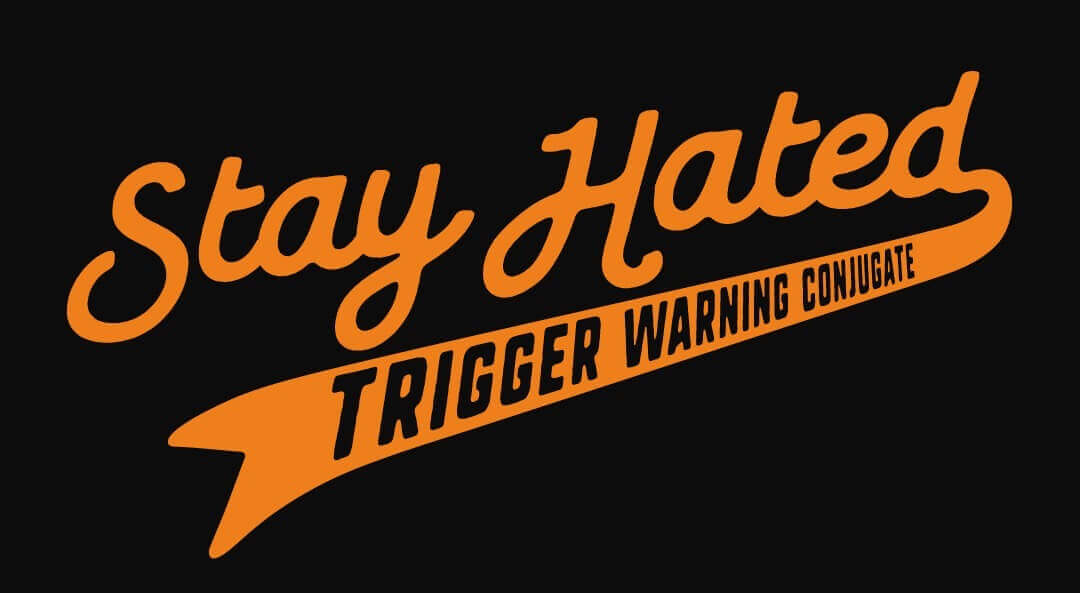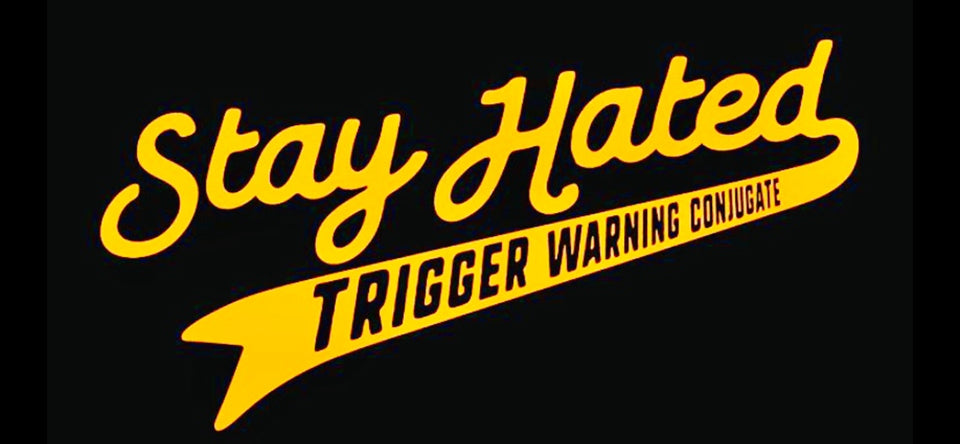
Written by Roman Mustaccio
Edited by Valerie Oliveira
FORWARD
There wasn't, however, a real starting point. I was able to find a Syatt Fitness article here that really helped make the process of learning the system a bit easier for me, but outside of that I was left to my own devices.
I wanted to create a jump off point for people in this modern time where there is arguably TOO much information out there at times. If I were to write this, it would be heavily biased, so I wanted to give a younger lifter who has lived through this age of info the chance to break it down.
The following is a breakdown of the basic template for conjugate. This is not the end all be all, and it isn't even how Roman or myself even really run the system at this point. It is simply some background and a great glossary of terms for someone who is new to conjugate and just wants a baseline.
There are constant evolutions of the system but if you understand how a sandwich is made, you can change the ingredients and still put on together. Same thing here. Hopefully this can help some of you wrap your head around some concepts within the system and make some sense of the nuances that we endlessly discuss in this space.

CONJUGATE GLOSSARY
Conjugate is truly its own culture within the sport. Because of this, it is important to understand some key phrases before we go any further into the details of what this looks like as a program laid out.
1 Rep Max: This is the most weight you can perform on a movement for a single rep. This could also be referred to as a “top single” or abbreviated to “1RM.” Similarly, you could have a 2RM, 3RM, etc.
TRADITIONAL FORMAT
Truthfully, many types of training could fall under the umbrella of conjugate, even outside of powerlifting as a whole. It would be impossible to go over all of them, but there is a general template Louie Simmons of Westside Barbell lays out in the “Book of Methods” which is a great place to start for a weekly schedule of powerlifting training.
First, let’s go over the days. In its most basic sense, a Westside-style conjugate program has two upper body days and two lower body days per week. Given that large muscle groups take 72 hours to fully recover, each upper body and each lower body day should be afforded as close to 72 hours between the two as possible. For upper and lower respectively, each day can be categorized as either a Max Effort day or a Dynamic Effort day.
Max Effort days use the maximal effort method defined in the glossary above for main work. This involves taking a 1, 2, 3, or 5 rep max on a main movement that is rotated every week.This day is heavy. It is important to rotate variations every week as to not accommodate to a certain variation, as this would lead to overtraining and/or injury.
Changing the variations also can be useful for targeting different weak points in a specific lift. The reason the maximal effort method works is due to something called Henneman’s Size Principle; this is a concept that describes the relationship between motor neurons and the various motor units they can recruit. In layman's terms, the largest motor units can only be recruited by the heaviest efforts.
By using the maximal effort method, we train the largest motor units. This day also works on our ability to strain through a lift or sticking point.
|
Sunday |
Monday |
Tuesday |
Wednesday |
Thursday |
Friday |
Saturday |
|
D.E. Upper |
M.E. Lower |
Rest |
M.E. Upper |
Rest |
D.E. Lower |
Rest |
With a general weekly schedule out of the way, what do each of these days entail?
D.E. Upper
As the name would suggest, this day’s main work focuses on the dynamic effort method for the upper body lifts. On this day, you would do your “speed work” for the bench press. In a traditional Westside template, you would do this in the fashion of a 3-week pendulum wave using volumes defined by Prilipin’s chart, typically against some kind of accommodating resistance.
Here is what the structure of the main work would look like over the course of 3 weeks:
|
Week 1 |
9 sets of 3 reps, 50% 1RM straight weight+ 25% in bands |
|
Week 2 |
9x3 @ 55%+25% bands |
|
Week 3 |
9x3 @ 60%+25% bands |
After the main speed work is over, you would do accessory work. This would usually consist of tricep, shoulder, upper back, and maybe some hammer curls. Here is an example of what the accessory work could look like:
- 4x8 Skull Crusher
- 3x10 Cable Tricep Pushdown
- 3x15 DB Row
- 3x25 Band Face Pull
M.E. Lower
This is a day that uses the maximum effort method for the lower body. On this day, you would work up to a 1-3RM on a squat, deadlift, or good morning variation. This main work variation changes every week to avoid accommodation.
While it does not necessarily have a wave like dynamic effort work does, here is what 3 weeks of main work could look like:
|
Week 1 |
Deficit Conventional Deadlift 1RM |
|
Week 2 |
Cambered Bar Goodmorning 3RM |
|
Week 3 |
Safety Squat Bar Box Squat 1rm |
The accessories on this day would revolve around the posterior chain and trunk. They could look something like this:
- 3x8 Romanian Deadlift
- 3x10 Glute Ham Raise
- 4x15 Cable Pullthrough
- 4x20 Reverse Hyper
M.E. Upper
This day uses the maximum effort method for the upper body. On this day, you would work up to a 1-3RM on a bench press variation. This main work variation changes every week to avoid accommodation.
While it does not necessarily have a wave like dynamic effort work does, here is what 3 weeks of main work could look like:
|
Week 1 |
2 Board Press 2RM |
|
Week 2 |
Floor Press 1RM |
|
Week 3 |
Bench Against Mini Bands 1RM |
The accessories on this day would be very similar to the accessories on D.E. upper outlined above.
D.E. Lower
As the name would suggest, this day’s main work focuses on the dynamic effort method for the lower body lifts. On this day, you would do your “speed work” for the squat and deadlift. In a traditional Westside template, you would do this in the fashion of a 3-week pendulum wave using volumes defined by Prilipin’s chart, typically against some kind of accommodating resistance.
Here is what the structure of the main work would look like over the course of 3 weeks:
|
Week 1 |
SSB Box Squat 12 sets of 2 @ 50%1RM+25% chains |
|
|
Sumo Deadlift 10 sets of 1 @ 50%+25% bands |
|
Week 2 |
SSB Box Squat 12x2 @ 55%+25% chains |
|
|
Sumo Deadlift 10x1 @ 55%+25% bands |
|
Week 3 |
SSB Box Squat 10x2 @ 60%+25% chains |
|
|
Sumo Deadlift 8x1@ 60%+25% bands |
The accessories on this day would be very similar to the M.E. lower day outlined above.
Evolutions
Louie Simmons frequently wrote about his ideas in various magazines, websites, and publications in his day. He also had many lifters from all over come through his gym as visitors or full time members. What both of these mean is that the conjugate method grew to be spread over many gyms across the world, which led to many interpretations and evolutions of his work.
For the sake of brevity, the only evolution we will look at is that which has been popularized by Trigger Warning Conjugate and the N/NHight Crew(s). It operates with the same four days with some small changes to the waving and focus of the days. Looking at the same weekly schedule, let’s break down each of the days.
D.E. Upper
This day is largely the same, however; the accessories are focused more on the pecs and shoulders than exclusively the triceps.
M.E. Lower
While at its core it follows the same format, this day is entirely focused on deadlifting. This day will rotate variations of competition and opposite stance deadlifts, goodmornings, and speed pulls. The accessories are similar and still posterior chain focused.
M.E. Upper
This day is largely the same as the traditional template.
D.E. Lower
D.E. Lower is where things get the most different. To highlight a few changes: volume is slightly lower, there are no speed deadlifts in the main work (as these are done on the deadlift-focused day sometimes), and there is a fourth week of the wave to practice squatting without the box. Sometimes this is to an “opener” level weight, a second attempt, or a 1RM. This largely depends on where in the training cycle a lifter is. Usually on week 3, instead of traditional speed work you can work up to a top set with the setup dictated by the wave as well.
Here is what a 4 week wave could look like:
|
Week 1 |
Cambered Bar Box Squat 8 sets of 3 @ 50% + 25% chains |
|
Week 2 |
Cambered Bar Box Squat 8x3 @ 55%+25% chains |
|
Week 3 |
Cambered Bar Box Squat 3RM + 25% chains |
|
Week 4 |
Straight Bar Free Squat 1RM |



